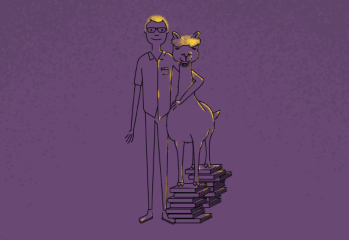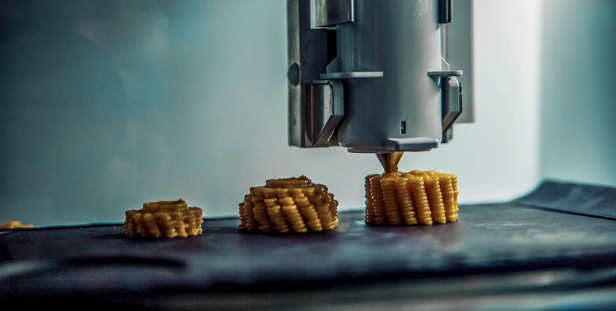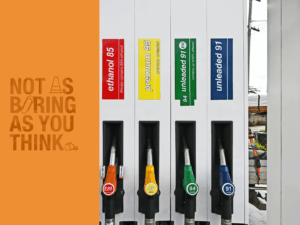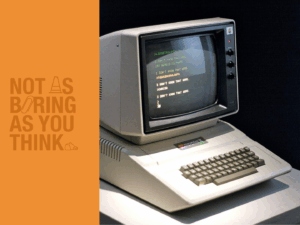Several companies are revolutionising the way we make meals. Step aside microwaves, 3D printers are here.
Food including pasta, steak and chocolate are being printed using pastes, powders and gels, then cooked by lasers.
PRINTER TO PLATE
Barilla has created Artisia, a line of 3D printed pasta designed to take finger food to the next level.
These pasta shapes can’t be created using conventional methods.
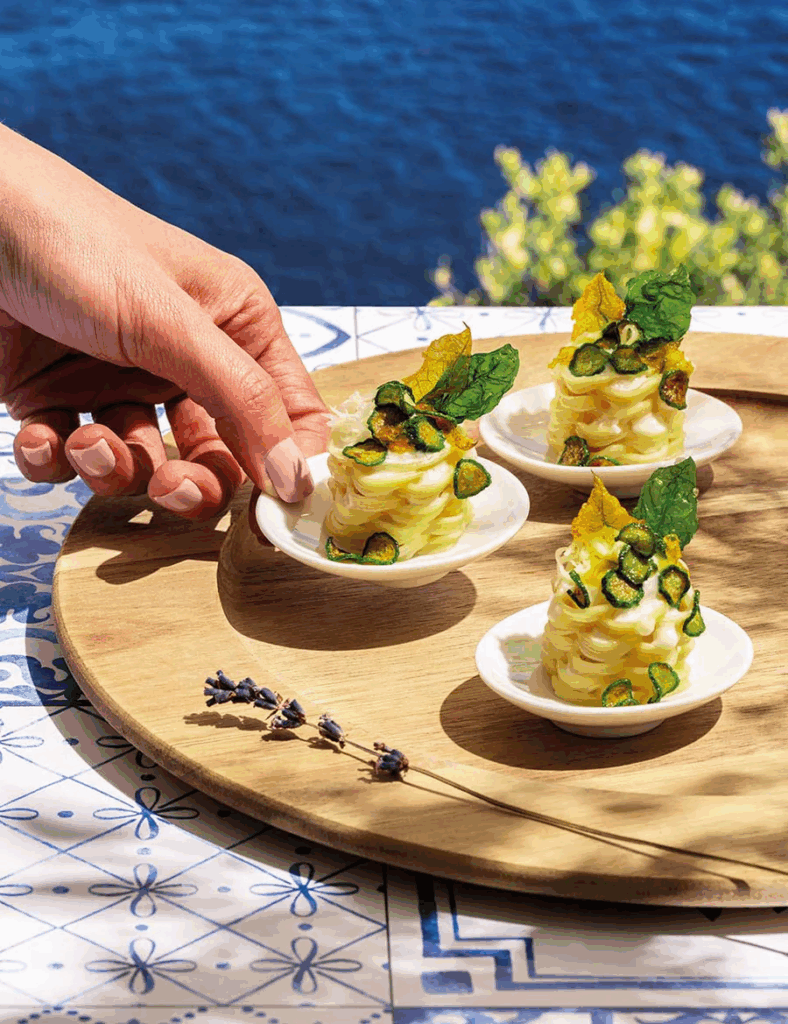
Credit: via Barilla
While this pasta is usually sold to high-end restaurants, some of the shapes are widely available.
Hershey has started 3D printing some of its chocolate. Think of the Easter egg possibilities!
CHALLENGING COOKING CONDITIONS
3D printing food provides a new way to eat well in challenging environments.
NASA is exploring 3D food printing in space because it doesn’t require ‘fresh’ ingredients. The agency also funded work that has led to 3D printing pizzas in less than 6 minutes, so astronauts can consume a wider variety of food on their missions.

Credit: NASA/Unsplash
3D printing can be beneficial in hospitals and care homes because food can be produced on a large scale with a high degree of control over the nutrition of the meals.
For example, you can make nutritious meals in any texture and shape you desire. This is particularly useful where patients need healthy food that is easy to eat, such as people with swallowing difficulties.
Outside of these controlled environments, companies are exploring 3D food printing to address nutrient deficiencies.
FROM NESPRESSO TO NUTRIENTS
Over half of the global population doesn’t get enough essential nutrients, and deficiencies can lead to conditions such as diabetes, cancer and heart disease.
Nestlé’s research division is working on a project called Iron Man.
The project’s aim is to enable people to 3D print their essential nutrients at home using an appliance that looks like a Nespresso machine.
The Iron Man project was announced over a decade ago, and while there haven’t been any updates, it provides a glimpse into the potential future of food and nutrition.
IS PRINTING THE FUTURE OF COOKING?
With a general trend towards organic and natural food in society, it’s unlikely families will want to begin dinner time by turning on their printer instead of their oven.
But for hospitals, astronauts and fine dining, 3D printing seems to hold a lot of potential.
